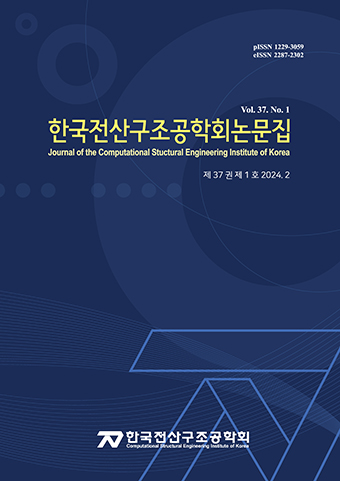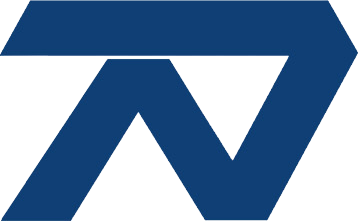Research Paper
Abstract
References
Information
- Publisher :Computational Structural Engineering Institute of Korea
- Publisher(Ko) :한국전산구조공학회
- Journal Title :Journal of the Computational Structural Engineering Institute of Korea
- Journal Title(Ko) :한국전산구조공학회 논문집
- Volume : 34
- No :1
- Pages :1-8
- Received Date : 2020-08-03
- Revised Date : 2020-11-03
- Accepted Date : 2020-11-24
- DOI :https://doi.org/10.7734/COSEIK.2021.34.1.1



 Journal of the Computational Structural Engineering Institute of Korea
Journal of the Computational Structural Engineering Institute of Korea








